A Historic Providence Mansion With Ivy League Ties | House for Sale
A historic Providence mansion with Ivy League ties is also one of the most modern in the city.
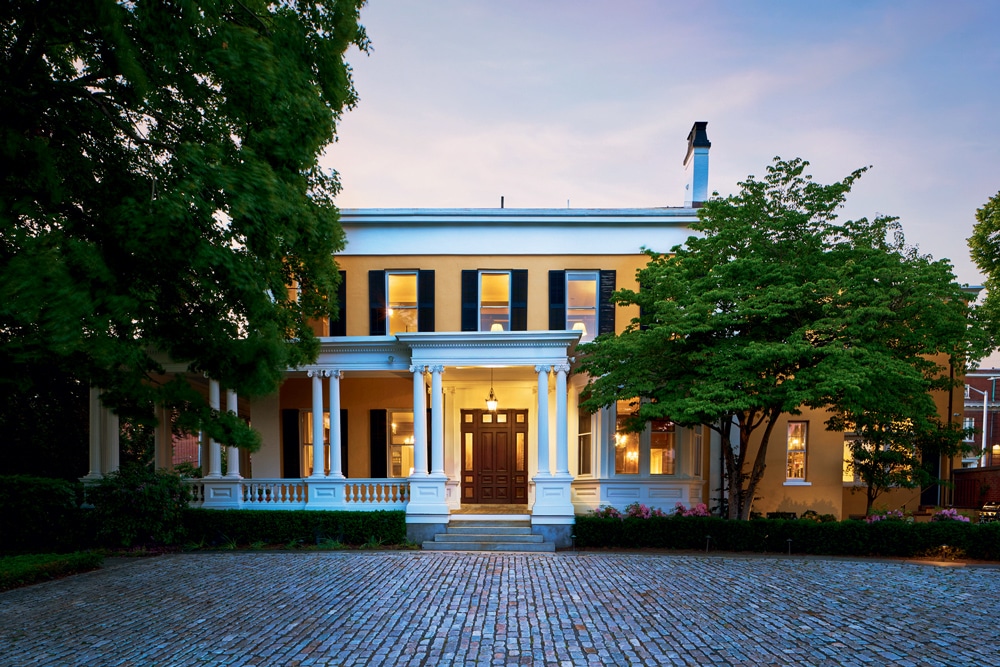
New meets old at the Moses Brown Ives House, whose throwback cobblestone courtyard is actually a recent addition.
Photo Credit : Courtesy of Lila Delman CompassIn 1835, Moses Brown Ives built a Greek Revival mansion just across the street from his childhood home in Providence, Rhode Island. While the house remains among the grandest New England examples of the style, what really sets it apart is the high-tech upgrade it received from an entrepreneur who recently called it home.
Nestled in the corner of its College Hill block, with Charlesfield Street behind and Brown Street just beyond its eastern wall, the house has expansive southern and western lawns that are walled for privacy and terraced in a way that creates distinct outdoor spaces, each with its own grand view of the city. The unquestionable star of the western lawn is what might be the oldest and surely the stateliest beech tree in Providence.

Photo Credit : Courtesy of Lila Delman Compass
In a sense, the story of the house tells both the best and worst of a family who helped shape the city, right down to the Ivy League university that bears their name. Born into privilege, Moses Brown Ives was the eldest son of Thomas Poynton Ives, cofounder of the mercantile trade firm Brown & Ives, and his partner’s sister, Hope Brown. The boy was named after Hope’s uncle, Moses Brown, who, along with his brother John, was among the most successful, philanthropic, and controversial pillars of early Providence. The business interests of the Browns included shipping and banking, but their legacy is stained by their slave trading. (Although Rhode Island law had “banned” slavery in 1652, enforcement lagged by a few hundred years.) After Moses Brown became an abolitionist in the 1770s, the slave trade eventually drove a wedge between the brothers.
In 1832, Moses Brown Ives joined Brown & Ives as a junior member, and married Annie Allen Dorr, whose brother would lead Rhode Island’s Dorr Rebellion in 1841. Ives would become one of the city’s most prominent merchants, while also serving in leadership roles for institutions like Providence Bank and Brown University. When he died in 1857, his estate made a $40,000 bequest (about $1.4 million today) toward the establishment of Rhode Island Hospital.
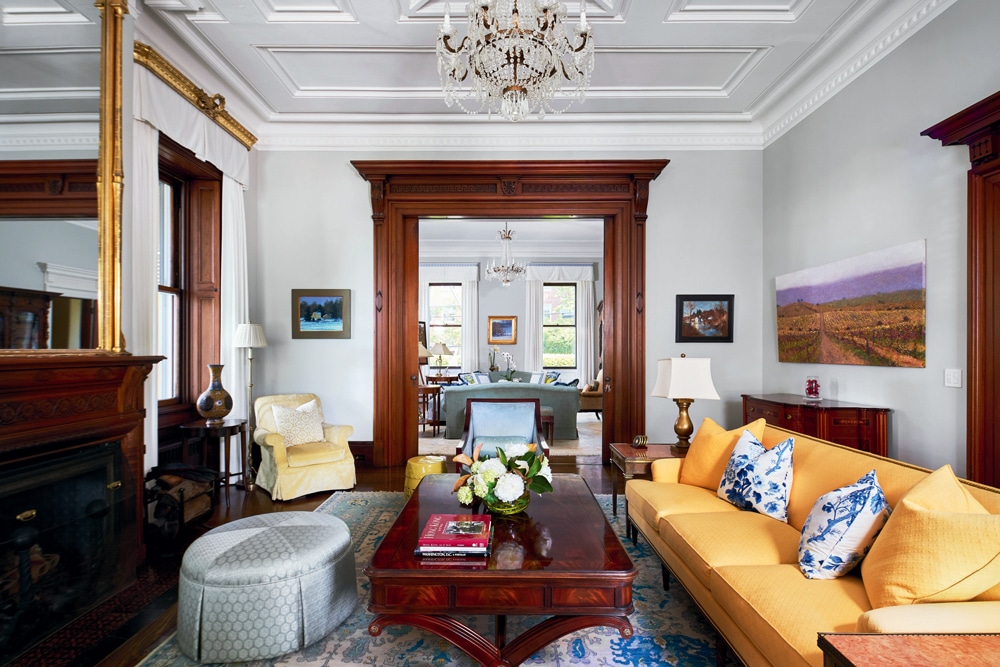
Photo Credit : Courtesy of Lila Delman Compass
Following Ives’s death, his daughter, Hope Brown Ives Russell, oversaw the first major renovation of the family home. Among the changes was a reorientation that moved the main entrance from the Charlesfield Street side to the Power Street side. In 1897, she donated the house to the Episcopal Church, and it was used as a bishop’s residence for many years.
The Moses Brown Ives House did not return to private ownership until 2007, when the church sold the property to Angus Davis, a young tech entrepreneur and Rhode Island native whose speech-recognition software company had recently been acquired by Microsoft.
Under Davis’s ownership, the house was extensively reinvented. With eight fireplaces, eight bathrooms, and nearly 10,000 square feet of living space on the building’s four levels, this was no small task. What may be Davis’s most significant addition to the property, however, is behind the walls. True to his tech roots, Davis brought video and audio capability to nearly every room and tied together the heating, cooling, security, and lighting controls with the installation of an automated Control4 system.
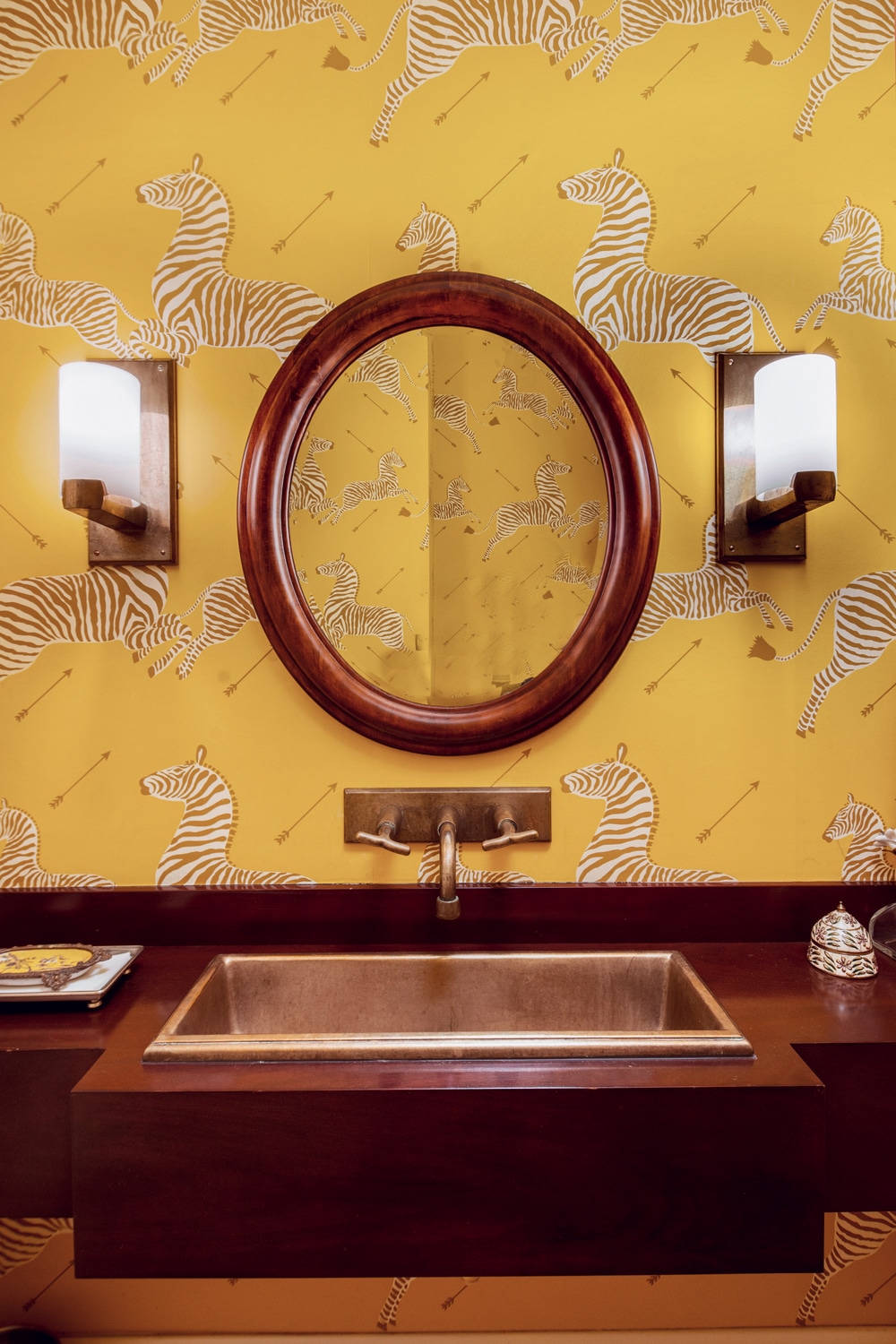
Photo Credit : Courtesy of Lila Delman Compass
“It’s pretty amazing,” says Bob Walsh, the realtor who shows me around the property. “You can basically operate the whole house from a mobile device. That’s pretty rare for a home this old.” As we stroll from room to room, he occasionally stops to show me where TVs or control panels are hidden.
The wood-paneled entry hall is stately. All of the first-floor rooms—including the formal living room, the library, and the dining room—are high-ceilinged and beautifully appointed. But the open-concept kitchen, with its white marble countertops, steals the show. The kitchen was extensively remodeled by the current owner, who bought the house in 2016 to be closer to his daughter while she was in college.
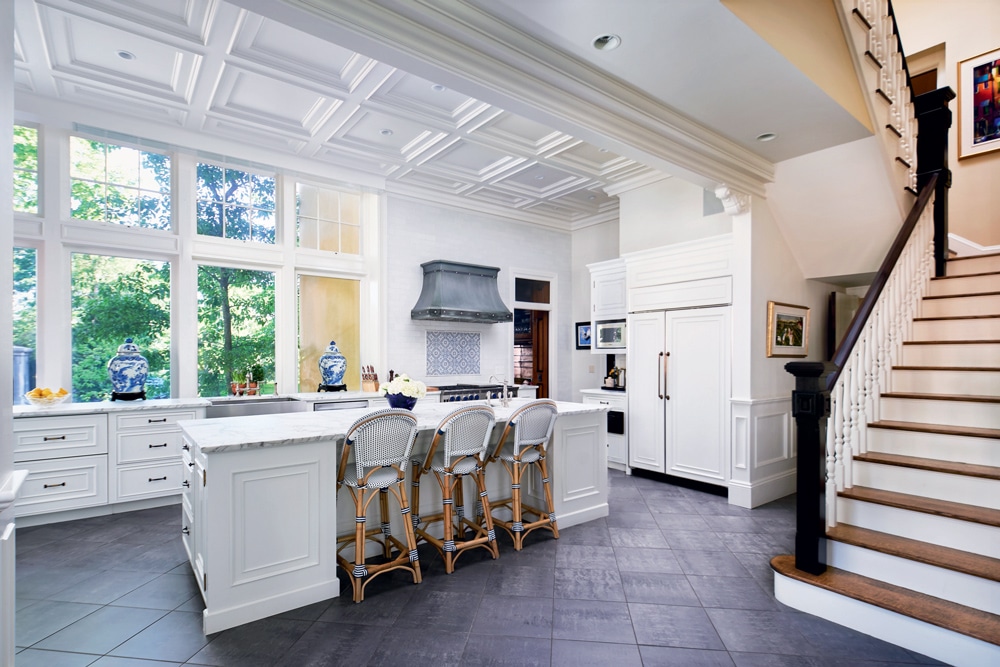
Photo Credit : Courtesy of Lila Delman Compass
Although the house technically has eight bedrooms, current usage has created four suites: three on the second level and another on the third. The rest of the second floor is all business, with an office and a laundry room, while the billiard room and a comfortable bar on the third floor stand ready for leisure time. The basement houses most of the utilities and master controls, as well as a catering kitchen, a gym and sauna, and a magnificent wine cellar and stone-walled tasting room.
When I first stepped through the wrought-iron front gate and into the cobblestone courtyard (another addition by the current owner), I had the sensation of leaving one world for another, as if the Brown University campus that had grown up all around this property was instantly far away.
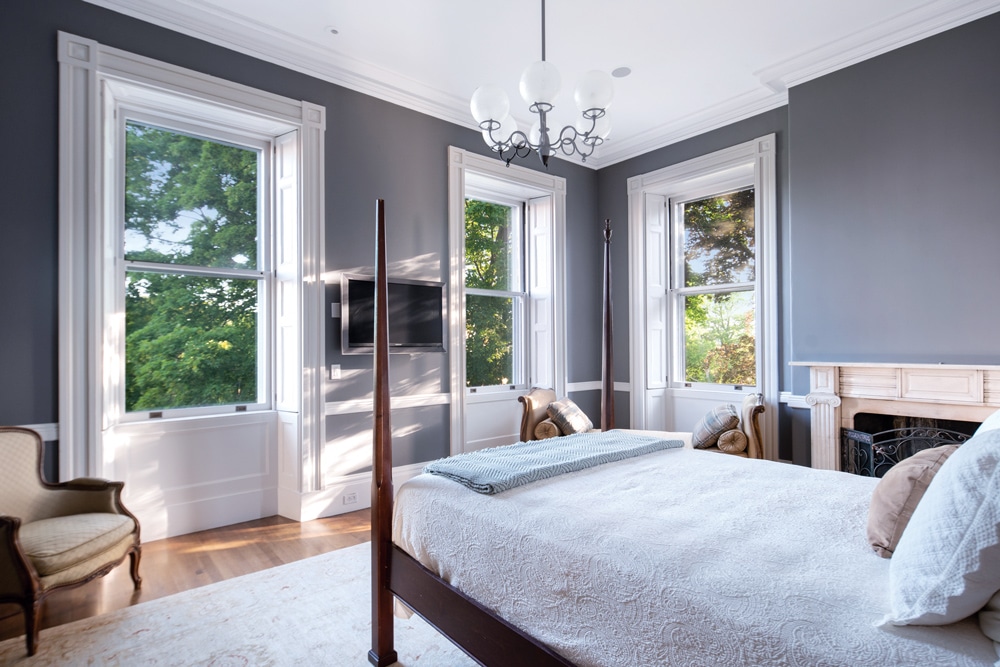
Photo Credit : Courtesy of Lila Delman Compass
The seeming contradictions of this modernized country mansion in the city are what make it truly unique, with each owner having cast a vision of their own onto the template created by Moses Brown Ives. What might be next? This new/old house needs nothing, so perhaps the next owner will opt to settle in and enjoy what is already here. But if history is any indication, probably not.
The Moses Brown Ives House is being offered for $4.7 million. For more information, contact Bob Walsh at Lila Delman Real Estate at 401-274-1644 or visit liladelman.com.
Joe Bills
Associate Editor Joe Bills is Yankee’s fact-checker, query reader and the writer of several recurring departments. When he is not at Yankee, he is the co-owner of Escape Hatch Books in Jaffrey, NH.
More by Joe Bills

